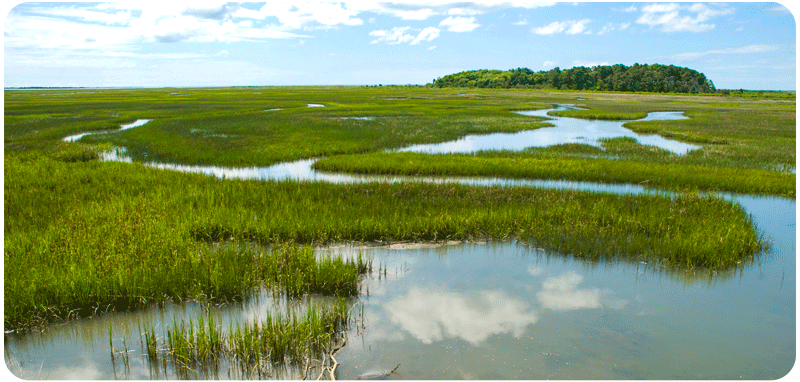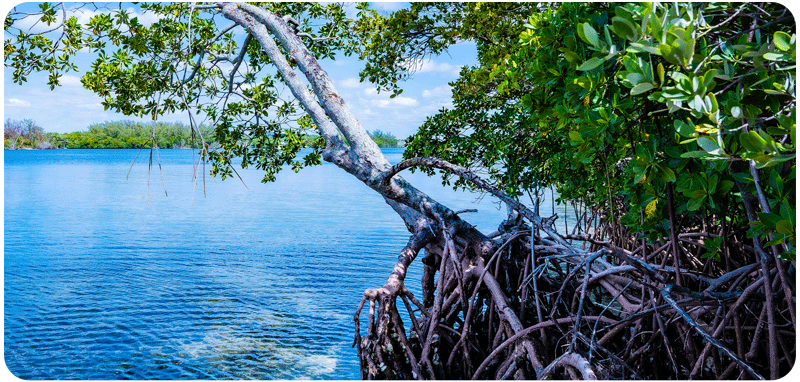Freshwater Facts
by Nick Hammond on Jan 04, 2023
Despite the 3 million mi² of freshwater covering the surface of the Earth, freshwater only accounts for about 2.5% of Earth’s total water volume.
"Over 100,000 different species of plants and animals depend on freshwater systems for survival, including humans."

Types of Freshwater Ecosystems
There are two main types of freshwater ecosystems:
1. Lentic (slow moving)
Encompasses most large water bodies and wetlands (which are defined as areas with saturated sediment for all or part of the year).
2. Lotic (fast moving water)
Comprised of most river and stream systems.
1. Lentic (slow moving)
Encompasses most large water bodies and wetlands (which are defined as areas with saturated sediment for all or part of the year).
2. Lotic (fast moving water)
Comprised of most river and stream systems.

Lentic Examples
Ponds
Lakes
Fjords
Marshes
Swamps
Lakes
Fjords
Marshes
Swamps

Lotic Examples
River
Stream
Springs
Stream
Springs

Here in Florida
In Florida, there are several different unique freshwater systems such as lakes, rivers, sloughs, springs, marshes, wet prairies, hardwood swamps, cypress swamps, mangrove swamps, and bay swamp. Because of the hydrology and shape of Florida, most freshwater habitat is considered to be lentic.
Mangroves are often associated with salt water, however, there are many true freshwater systems that have thriving mangrove forests. It’s a common misconception that mangroves need salt for survival.
The reality is that given the right sediment and nutrients, mangroves can grow just about anywhere. Unfortunately for mangroves, they are poor competitors. Other species tend to be far more efficient at claiming space and resources. For this reason, mangroves are not often seen growing deep into freshwater habitat.
Mangroves are often associated with salt water, however, there are many true freshwater systems that have thriving mangrove forests. It’s a common misconception that mangroves need salt for survival.
The reality is that given the right sediment and nutrients, mangroves can grow just about anywhere. Unfortunately for mangroves, they are poor competitors. Other species tend to be far more efficient at claiming space and resources. For this reason, mangroves are not often seen growing deep into freshwater habitat.
Through our Buy One, Plant One® initiative we're working to replant and restore mangrove ecosystems not just here in Florida but across the globe. Learn more about our planting efforts as we work to change the world, by heading over to Our Mission page.
Related Articles






